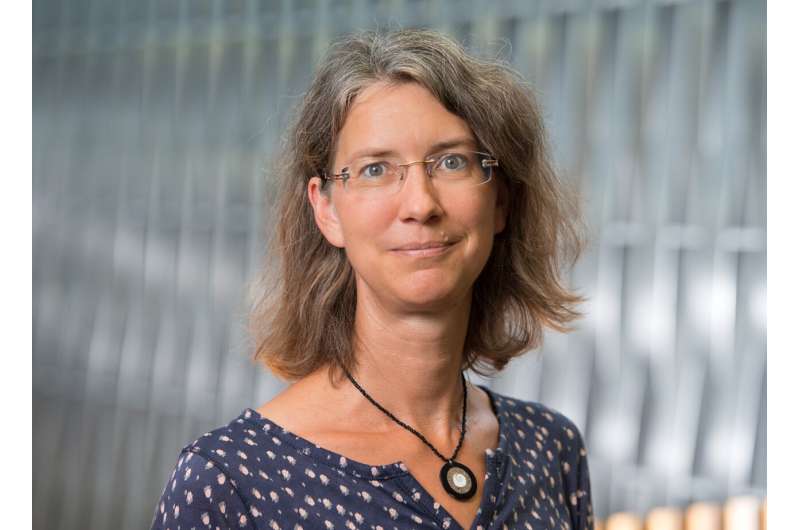
Previous standards of cancer follow-up care and support may no longer meet current needs as improvements in screening practices, early diagnosis and treatment of cancer have put long-term survival beyond five years following diagnosis within reach for more than half of patients in Europe. While beating cancer should be followed by a return to normal life, the side-effects of anticancer medicines and impacts of the illness itself that sometimes persist after the end of treatment can hinder this process. Confirming the need for new approaches to cancer survivorship, a study [to be] presented at the ESMO Congress 2021 shows that a significant proportion of survivors continue to suffer from burdensome symptoms for several years and reveal widespread dissatisfaction with the assistance received.
Prof. Dorothy Keefe, CEO of Australia’s national cancer agency, Cancer Australia, chair of the congress’s supportive and palliative care track, not involved in the study, underlined its importance in a context where survivorship research has lagged behind research on cancer treatment. “This is probably due to the increase in survival rates itself lagging behind the introduction of new therapies, but also to a lack of prioritization compared to the need to develop a cure,” Keefe said, and highlighted the scale of the issue today: “We now have millions of cancer survivors in Australia, hundreds of millions around the world—and an ever-increasing number who could potentially have long-term side-effects.”
One of the most common symptoms experienced by patients and survivors alike is cancer-related fatigue (CRF), a persistent sense of exhaustion that is not alleviated by sleep or rest and that interferes significantly with the person’s usual functioning. The FiX study initially evaluated the patterns, severity and management of CRF among 2,508 patients with 15 different types of cancer two years after the discovery of their illness. In a follow-up survey about 36 potential long-term problems, completed by participants around four years after diagnosis, almost 40% of survivors continued to report fatigue that they rated as a moderate or severe burden. In addition to fatigue, more than 40% of patients reported being at least moderately burdened by loss of physical capacity and over one third suffered from trouble sleeping, sexual problems, joint pains and anxiety.
Although recommendations exist on managing side-effects like CRF, including ESMO Clinical Practice Guidelines for its diagnosis and treatment, study author Dr. Martina Schmidt from the German Cancer Research Centre (DKFZ) in Heidelberg, Germany, underlined that their implementation is still lacking and reported that more than one in three affected individuals in the study evaluated the support they were offered for fatigue as poor. “Despite increasing awareness of the effectiveness of mitigating measures like exercise to reduce fatigue, patients are still too often left alone to seek help for symptoms that cannot be directly addressed with medicines in the same way as something like pain, for which satisfaction with the support received was high in our study.”
Commenting on the results, Keefe observed: “This research shows that a staggeringly high number of patients still suffer from significant health issues years after being declared disease-free. Their dissatisfaction with the care available is a wake-up call that we should be paying more attention to these individuals, trying to understand the mechanisms at play in order to identify interventions that could help them to better recover.”
According to Schmidt, cancer follow-up care should therefore no longer focus only on the immediate side-effects of treatment and on the detection of metastases or recurrence of the cancer, but also incorporate more systematic screening for additional symptoms that can burden patients. “The first step should be to make sure that patients themselves are better informed about these potential issues early on, so they know that conditions like CRF are not only expected, but often manageable and that they should not wait for symptoms to disappear on their own,” she said.
Source: Read Full Article